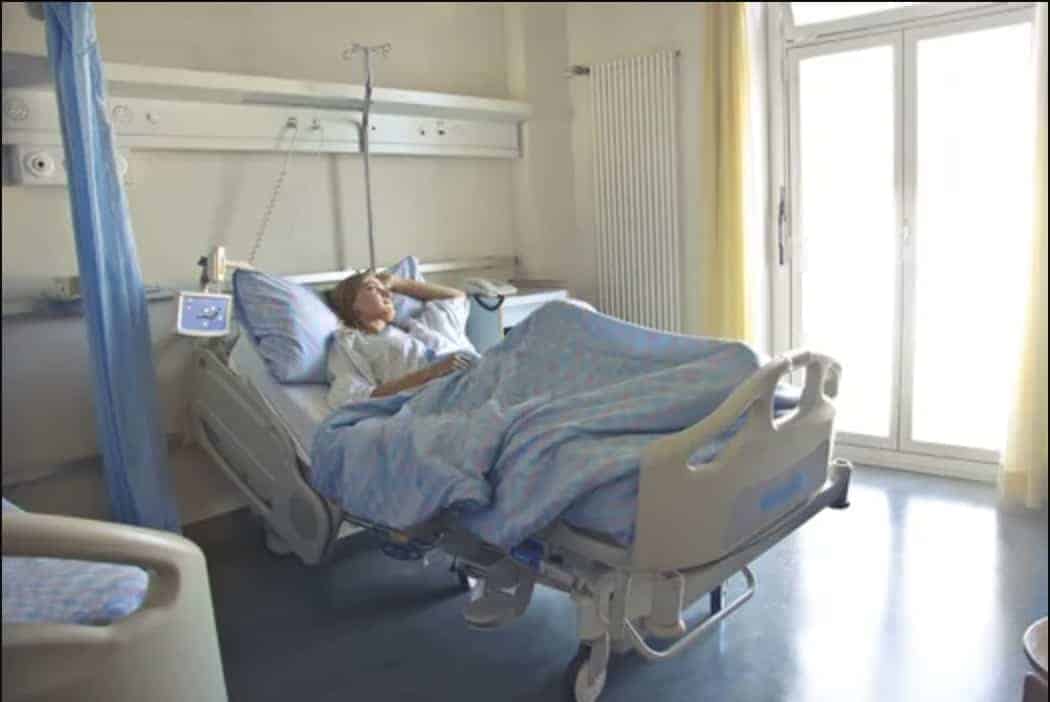by Johanna Patricia A. Cañal, MD, MHA, MSc
There’s been a lot said lately about hospital bed capacity. The national government has ordered hospitals to allot 30% of their bed capacity for COVID cases. Seems easy enough to understand, right? But this is not quite so simple.
Authorized bed capacity is the maximum number of beds in a hospital that can be filled with patients. This is the number of beds that a hospital is allowed to have, the only exception being dire emergency situations. This number is largely determined by the number of rooms and amount of space that a hospital has. It does NOT necessarily mean that this is the number of beds available for occupancy. There is such a thing as a functional bed capacity which describes how many beds, and consequently patients, that a hospital can actually care for.
Huh?
Just because a hospital has 300 beds, it doesn’t mean that it can admit 300 patients.
There is an ideal number of health care workers needed to take care of a patient. For simple or regular cases, a single nurse is allowed to take care of 10 – 12 patients. In an intensive care unit, that ratio of nurse to patient is 1:1 per shift. Then, there are the nursing assistants and the institutional workers that are assigned to that ICU bed. Don’t get me started on the team of doctors. There can be as few as 3 doctors on board and as many as 15. Intensive care is intensive manpower.
Why do we need so many people to take care of one patient? SAFETY. Patient safety.
We can’t have 1 nurse taking care of 30 patients. That nurse would go crazy. He or she would be exhausted, irritable, testy and prone to errors. If this nurse broke down, the patient’s management plan would break down too. If a single doctor took care of 30 ICU patients, this doctor would resign within a week. These patients need 24-hour care.
An ICU health care team has to think of a patient’s heart function, breathing, kidney function, nutrition, hydration, metabolic function, input and output, infection status, medications, vital statistics, diagnostic tests, repeat diagnostic tests, the results of these diagnostic tests, intravenous fluids, ventilator status, drip rates, etc., etc., etc. The team also has to deal with the anxious family members—not an easy job. Now imagine this in a 20-bed or 30-bed ICU. If you think regular hospital patients (i.e. not ICU) don’t require nearly the same thing, please dismiss this fallacy from your mind. Health care is manpower intensive.
Thus, authorized bed capacities don’t mean a thing if there isn’t a complement of health care workers to back these up. These are not just numbers rattled off in a press conference. These are not just beds that can be filled. These are patients that need to be cared for and lives that need to be saved.
Hello!
This short article is part of a series of articles that is designed to make health care more understandable to non-doctors.
As a way of disclosure, I am a radiologist and a radiation oncologist. My strengths, therefore, are diagnosing illness, particularly cancer, and cancer treatment. Thus, I will be talking about medical tests and what these are about.
I shall also be talking about the dreaded disease, cancer. In the 2nd decade of the 21st century, cancer is the #4 cause of death worldwide. NUMBER 4! It used to be #10. It has obviously been going up. The number 1 and 2 killers are cardiovascular diseases…translated into heart attacks and strokes. Number 3 is pneumonias and lung diseases.
The previous century was known as the century of infectious diseases. The most common causes of disease and death were bacterial and viral pneumonia and tuberculosis. The present century is the century of the lifestyle disease. That is, infections don’t play as big a part as lifestyle diseases. What are those? Heart disease, strokes, cancers and injuries/accidents.
But then again, the 21st century has just started, and we already have a pandemic. One never knows what will happen in the next 10, 20 or 30 years. Thus, this series will discuss a range of topics, hopefully the topics most relevant to you.
If there is a topic that you want clarified, please do drop me an e-mail at [email protected]. Please just fill in the subject line with: [SULIT] Your question

Johanna Patricia A. Cañal, MD, MHA, MSc
























